
Giving Your Lawn a More Full and Lush Look
In the old days, prior to the invention of chemical weed killers and fertilizers, Microclover was included in lawn seed mixes. Microclover and grass actually work well together, as the Clover pulls fertilizer out of the air and brings it down to the soil to be absorbed. The Microclover varieties that we use flower less prolifically than standard White Clover and they tend to spread well, so you don't have the same patchy look you get with regular White Clover.
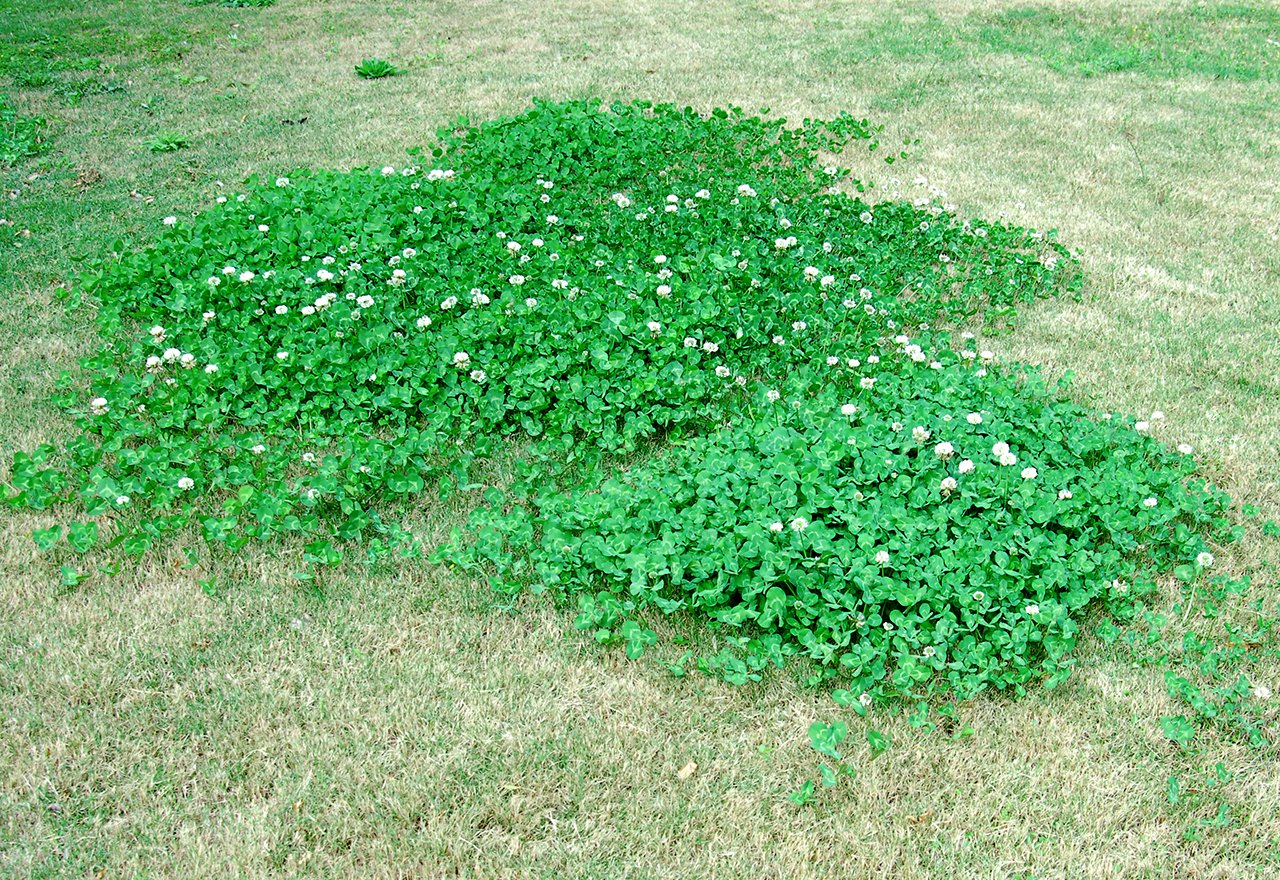
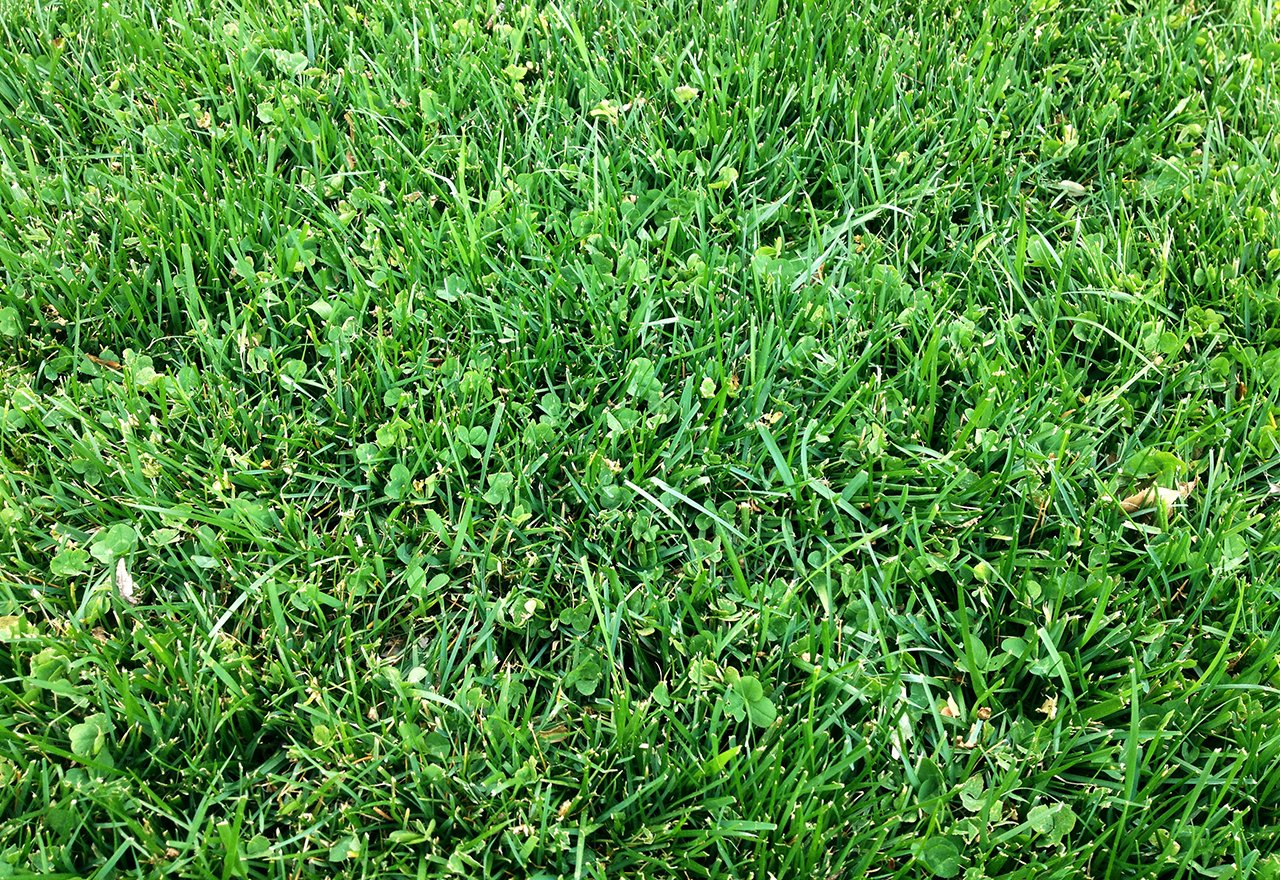
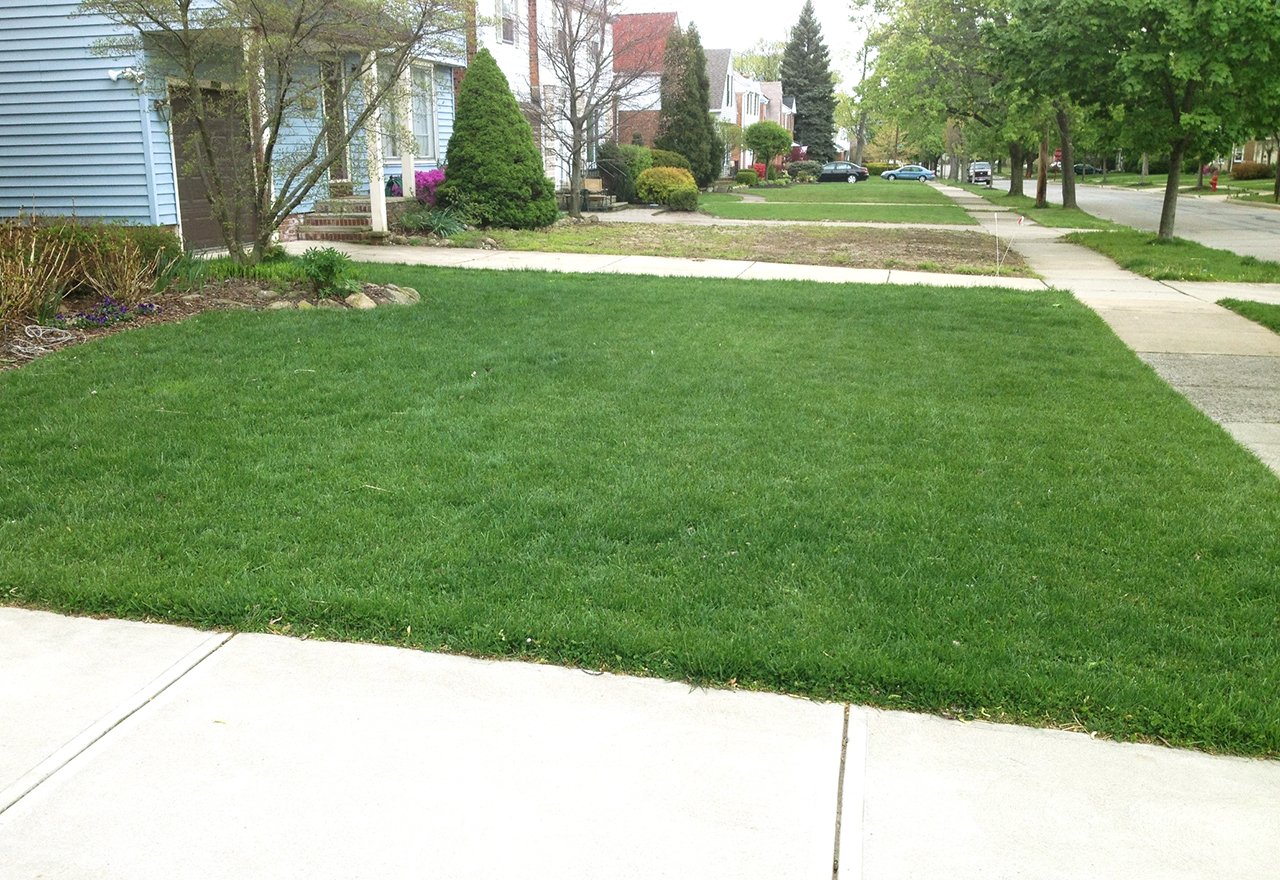
Microclover is not a miracle plant and it is not as "micro" as the name might suggest. But, it can really help create a beautiful looking lawn, as long as you don't mind some Clover. It doesn't flower nearly as much as traditional White Clover, but it does flower some, mostly in its second season. From a distance, it is difficult to tell that there is Microclover in the lawn, but up close you'll notice it. From time to time, we recommend overseeding to keep your grasses balanced.
The picture below shows a traditional lawn with no Clover, next to a Microclover lawn. You'll notice some flowers and a generally greener appearance on the Microclover side.
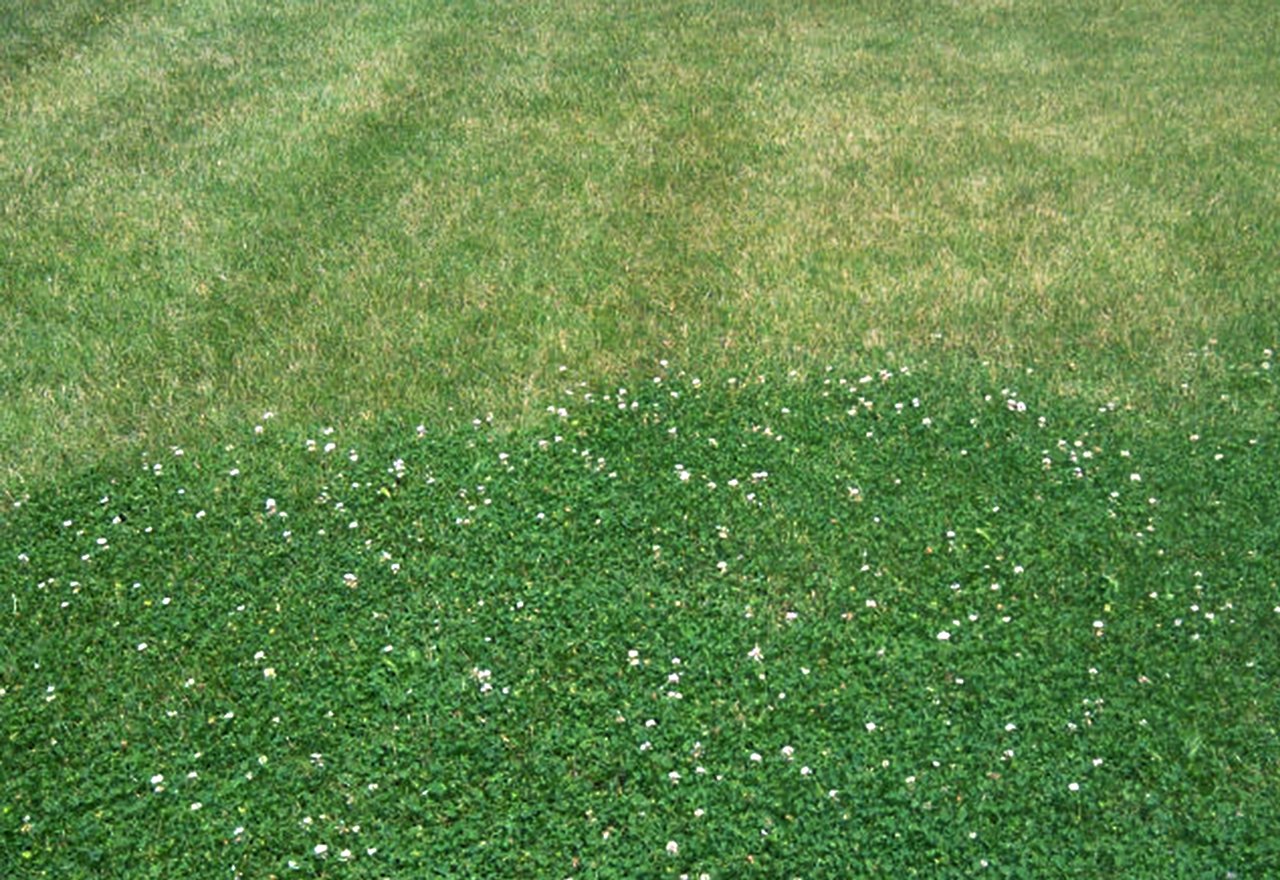
The nice thing about our coated Microclover seed is that it establishes quickly and effortlessly. The easiest way to seed Microclover is to broadcast 1-3 pounds per 1000 square feet in the early Spring. It won't come in completely even, but it should come in decently if you water as needed. You may need to spread more seed on any spots that don't establish right away in the Fall, or the following Spring.
Microclover pulls fertilizer from the air and feeds itself, along with your lawn. If you have a grass type that doesn't need a lot of fertilizer, such as Turf Type Tall Fescue, then you can probably get away with fertilizing your lawn once or twice per year. One benefit to a Microclover lawn, is that you don't have to fertilize it. However, if you prefer to have more grass than Clover, we recommend fertilizing in the Spring and Fall to deter the Clover from becoming too well established. If you prefer to have more Clover than grass, don't fertilize at all. As you can see from the lawn below, the Microclover sections are thick and green in the Summer heat, while the other grass types are brown from the Summer heat. This goes to show how beneficial it can be to have Microclover, as it's much more adaptable than other grass types, which are more easily stressed.
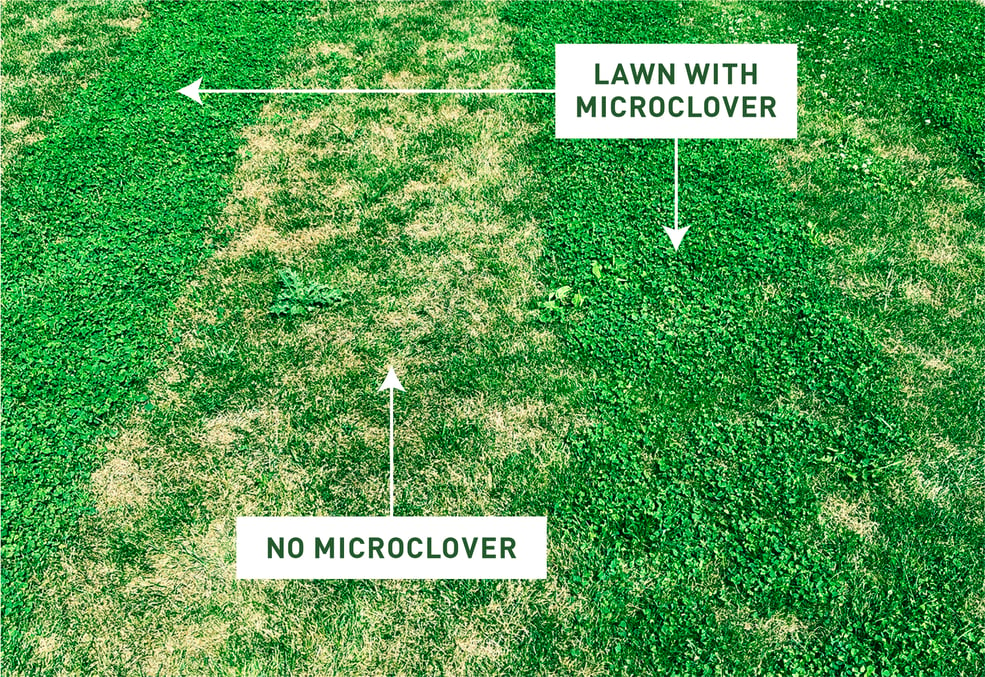
In the Midwest, we typically don't recommend seeding Microclover as a monoculture, because during the cold weather, the Clover recedes a bit and it can leave the area looking a little muddy. We hear from folks in warmer climates that they plant it by itself and it does just fine.